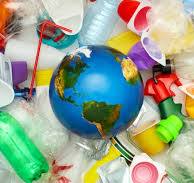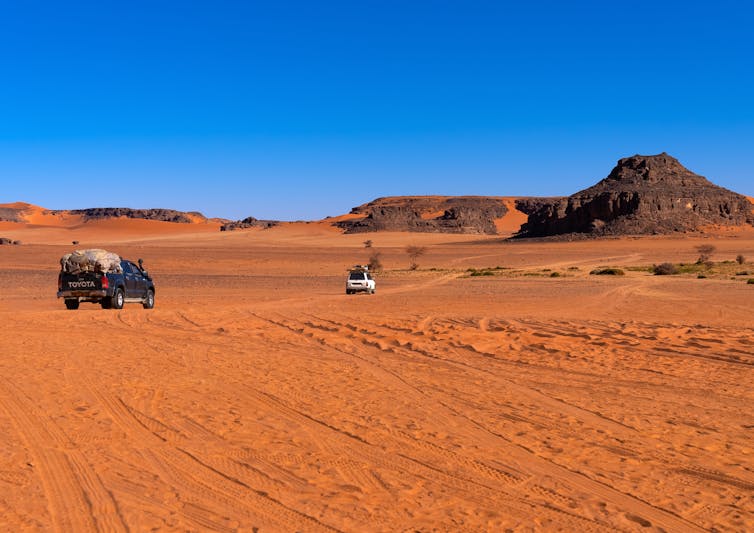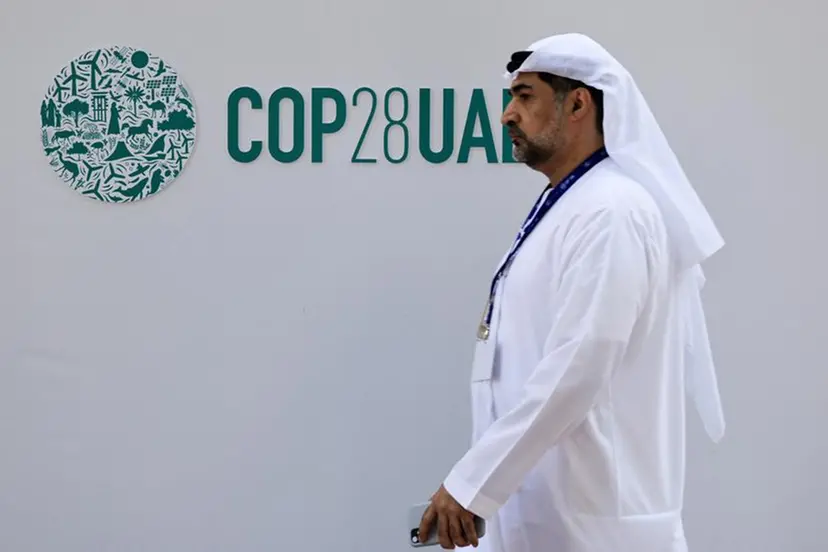– COP26 saw key agreements made on carbon emissions trading
– Emerging markets will benefit from an increase in renewables investment
– Critics say that carbon trading could give rise to greenwashing
Amid pledges to phase out the use of coal and reduce methane emissions, world leaders at the recent UN Climate Change Conference (COP26) in Glasgow also agreed to reform global carbon markets and improve rules about carbon trading, seen as key tools in the transition towards decarbonization.
Carbon trading is a system whereby a government sets a limit on the amount of carbon that can be emitted, and then divides this amount into units. These units are allocated to different groups, industries and businesses, and can then be traded like any commodity.
Proponents say that carbon trading will ultimately increase investment in environmentally friendly solutions, as the price placed on carbon makes fossil-fuel projects less competitive, while at the same time incentivising low-carbon energy sources such as wind and solar.
Indeed, the International Emissions Trading Association says that carbon trading has the potential to halve the cost of implementing national emissions targets, saving an estimated $250bn annually by 2030. It also claims that it could facilitate the removal of around 5bn tonnes of carbon dioxide a year at no additional cost.
While a number of countries already have their own domestic emissions trading schemes in place – and have previously engaged in cross-border emissions trading – COP26 saw participants agree on a set of transparent, uniform rules for international emissions trading. This means that countries struggling to reduce emissions can partially meet their climate targets by purchasing offset credits from other countries which have successfully reduced their own emissions.
The deal also allows for the creation of a separate UN-governed carbon offset market where both states and private entities can trade emissions credits through low-carbon projects. For example, one party could pay for another to construct a solar plant instead of a coal-fired power station. The latter – and, more broadly speaking, the world – would benefit from cleaner energy, while the former would generate carbon credits for the project.
In signing off on the deal, world leaders finally implemented Article 6 of the 2015 Paris Agreement, which had been delayed for six years over a series of disagreements between countries. The agreement also tightened rules on double counting of credits, thus preventing carbon credits from being counted by both the country selling them and the country buying them.
Carbon credit exporters
While it is global in its impact, the implementation of Article 6 is expected to have different implications for developed and for emerging markets. Most developed nations are likely to be carbon credit purchasers, while most emerging markets will likely be carbon credit exporters. In light of this, the rules clarifying international trade are expected to provide emerging markets with significant opportunities.
For example, Brazil’s Ministry of the Environment claimed that the deal was a “Brazilian victory”, with the country set to become a significant exporter of carbon credits. Given that Brazil is home to much of the Amazon and has significant potential to build renewable energy projects, the implementation of Article 6 is tipped to drive investment in projects designed to significantly reduce emissions.
In addition, the deal will provide assistance to emerging markets through an adaptation fund. Some 5% of all proceeds from offset trades will be directed into the fund, which will assist lower-income nations in their efforts to combat the effects of climate change.
Indonesia exploring carbon trading
While domestic carbon taxes and emissions trading schemes are predominantly concentrated among wealthier countries, some emerging markets are making progress on this front. Mexico, Colombia, Chile and South Africa are among those to have either implemented or scheduled an emissions trading scheme or carbon tax.
Another country that could soon join this list is Indonesia. In mid-November international media reported that the Indonesian government had signed off on new rules relating to carbon trading. Similar to other carbon trading systems, the Indonesian model would include a so-called cap-and-trade system, whereby a limit is placed on the overall level of pollution, and allowances can then be traded between businesses.
The country will reportedly introduce a carbon tax in April next year, with the fully-fledged carbon market set to be operational by 2025. Indonesia projects that, without international help, it will be able to reduce emissions by 29% by 2030; however, this figure rises to as much as 41% with foreign financing and technology.
Opening the door to greenwash?
Although it is seen by many as a key tool in the path towards decarbonization, emissions trading is not universally celebrated. Critics argue that the system could simply lead to greenwashing, and that it could incentivize industrialized countries to offset, rather than reduce, their carbon emissions by purchasing carbon credits from other countries.
In effect, some environmental groups say that the system could lead to carbon credits being shifted from one side of the world to the other without significant benefit to the environment. Indeed, Tina Stege, the Marshall Islands’ climate envoy, warned that much work was still needed to realize the benefits of the COP26 agreements.
“On Article 6, we need to remain vigilant against greenwashing, protect environmental integrity, and protect human rights and the rights of indigenous peoples,” she wrote on Twitter.
“But a plan is only as good as its implementation. All parties must now go home and get to work to deliver on their Glasgow and Paris commitments.”
Courtesy: Oxford Business Group.





















